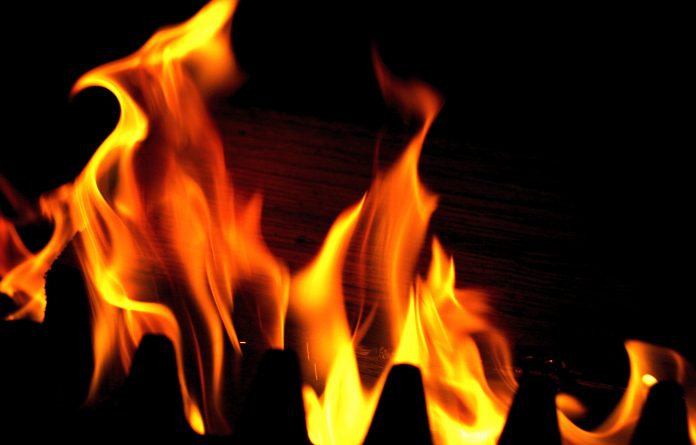On Thursday, the Portuguese authorities warned of an aggravated risk of rural fires due to dry and hot weather. High temperatures mixed with strong winds create the perfect context for wildfires to start, proliferate, and get completely out of hand.
One day after the alert, on Friday, there was a fire in Castelo Branco with 13 firefighter planes coming to the rescue. A day later, on Saturday, a large fire in Cascais was fought by 233 firefighters and 67 vehicles, in the Sintra Serra.
In spite of not formally declaring an ‘alert situation’ at the time, the Portuguese Minister of Internal Administration appealed for increased attention and safety measures, not only from the authorities but from everyone.
To contextualize, it was only after five days of struggling that the firefighters were able to tame the wildfire of the last days that started in Odemira (Interior Center of Portugal) and spread to the neighboring counties.
The fire got to a point where it was consuming more than 1200 acres per hour. After the 5-day struggle, on the last night, there were still 1015 people, 315 land vehicles, and 13 aerial vehicles fighting to extinguish it.
Given the violence and intensity of wildfires in Portugal, authorities ask for extra care. According to the Portuguese Institute of the Sea and Atmosphere, there are almost sixty counties on maximum danger alert, eighty counties on very high danger alert, and many others on high danger alert.
The most vulnerable areas are the interior north, center, and the Algarve.


